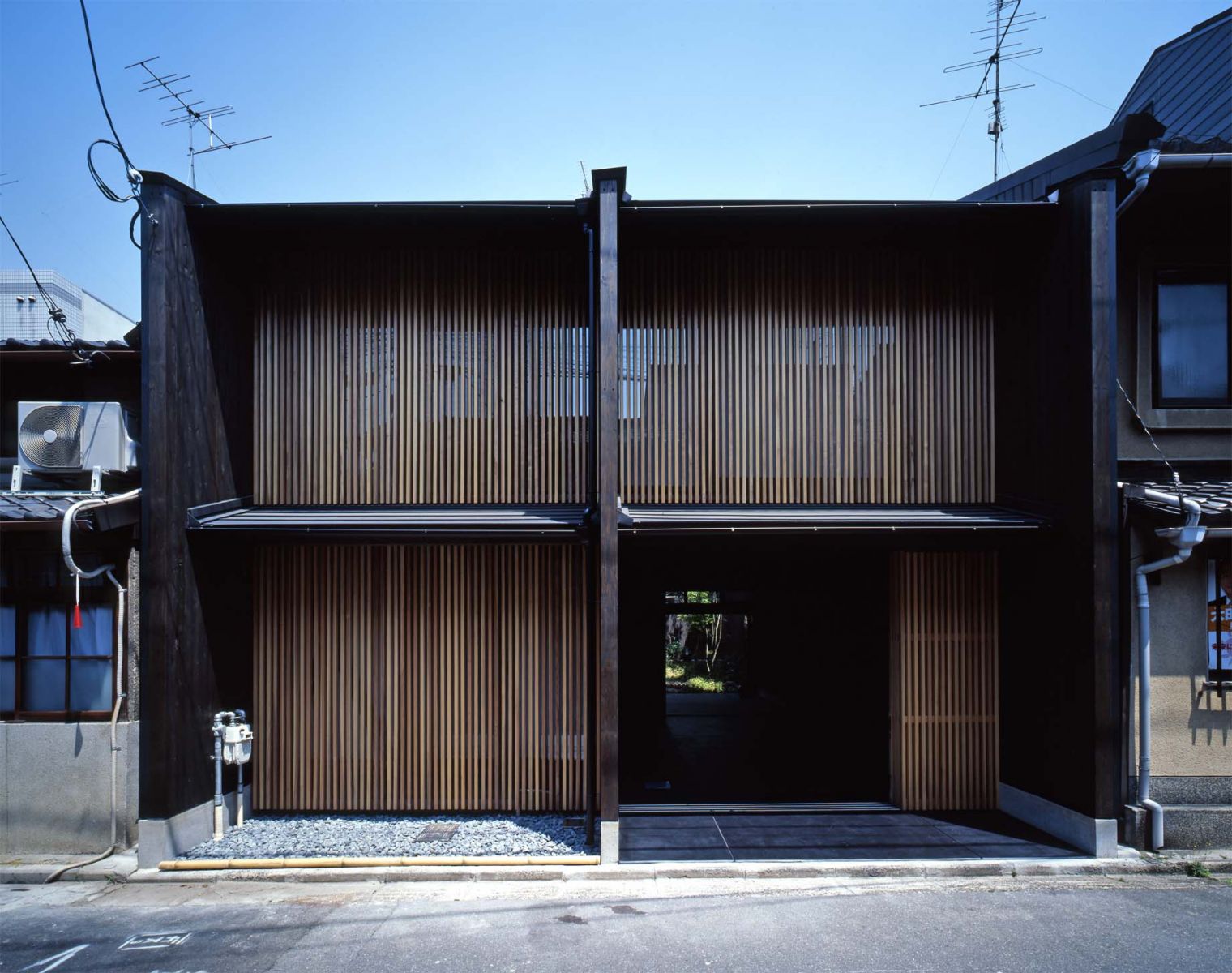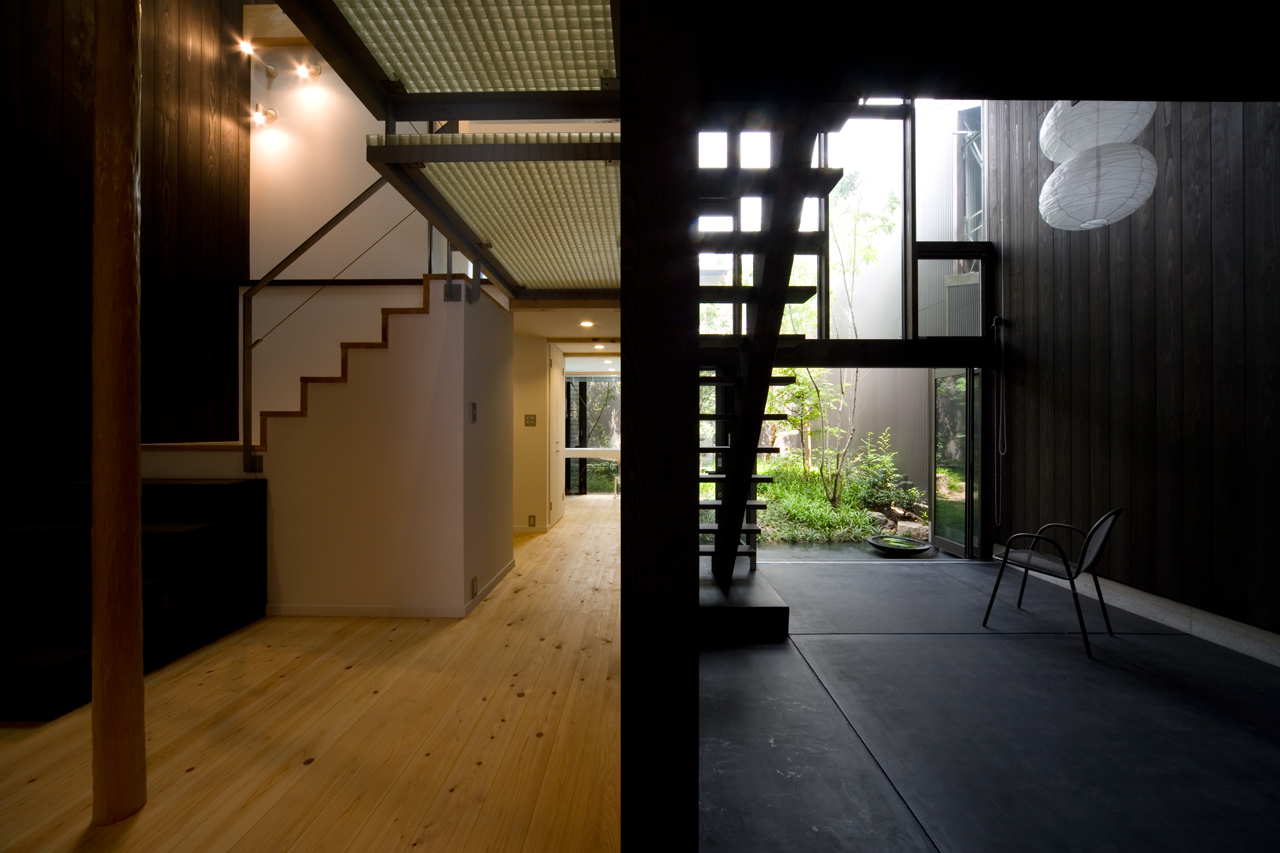Freedom in Architecture: An Interview with Kyoto Architect Shigenori Uoya
Ten years after opening his office in Kyoto, the young and well known Japanese architect, Shigenori Uoya, sat down to discuss with us his background, influences, and motivations.
After completing his Masters in Architecture at Kyoto University, Uoya joined the office of an old college classmate and began his career as a professional architect. During the two years he worked there, he won his first competition (Kyoto Machinaka Good housing design competition) with the project “Kyoto-Model I: A house with 3 walls” in 2006.
Kyoto-Model I : A house with 3 walls by Shigenori Uoya Architect and Associates. Photograph by Kei Sugino
When we interviewed Shigenori Uoya, we were keen to understand his ideas and his philosophy. We wondered what marks Japanese architecture out as distinct from that in the West. .He was kind enough to share with us his principal goals and the inspirations behind his designs.
ZenVita: Japan has an incredible history of architecture. What do you admire most about your country's designs?
Uoya: The most representative feature of Japanese architecture is the quality of abstraction. A shrine, a temple, or a house, in an abstract sense, these structures are much the same. It is the decorative details, the surrounding environment, and the hierarchy in which they are placed, that makes them different. This is quite unlike churches and houses in the West.
ZenVita: How would you define your design and the way you see architecture? Is there some kind of recurring theme in your works?
Uoya: My goal is to reconcile both social and spatial needs in every project. I do not want to create just facilities, I want to create spaces that allow for a lot of possibilities. A building becomes a house as people live there, and a building becomes a church as people pray there.
ZenVita: When working with a new client what is the most important thing to consider and how does the design process of a new project work?
Uoya: I always seek to work together with the client through active discussion; I want to design as we discuss the ideas. By always sharing my new ideas with the client and getting their feedback, I can understand each different customer’s point of view and their thoughts and desires.
Kyoto-Model I : A house with 3 walls by Shigenori Uoya Architect and Associates. Photograph by Kei Sugino
It was clear that this young architect shapes his designs to closely accord with the reality of each client’s daily life. Seeking innovation and freedom in architecture, he designs spaces that can be transformed according to people’s needs. In this way, what defines the space is how people appropriate it, and not only the will of the architect. In this he is in tune with the times. In a world of ever-changing technology, the constant influx of new products brings with it new habits and new necessities. These changes bring new ways of appropriating the space we use for our homes. There is no better design to accompany these changes than one that is flexible.
For the future, Shigenori Uoya says he wants to “create a brand-new and universal architecture. Rather than making a house, I want to make architecture.” His aim is an innovative design style with a new “universality” that will be applicable anywhere and in any situation.
But where do all these new ideas come from? This flexibility? This design freedom? Without a moment’s hesitation, he told us:
“My inspiration comes from everything that happens in daily life, whether it be a flower that is born in my garden, or the song of a bird.”
Are you looking for inspiration? ZenVita offers FREE advice and consultation with some of Japan's top architects and landscape designers on all your interior design or garden upgrade needs. If you need help with your own home improvement project, contact us directly for personalized assistance and further information on our services: Get in touch.
SEARCH
Recent blog posts
- November 16, 2017Akitoshi Ukai and the Geometry of Pragmatism
- October 08, 2017Ikebana: The Japanese “Way of the Flower”
- September 29, 2017Dai Nagasaka and the Comforts of Home
- September 10, 2017An Interview with Kaz Shigemitsu the Founder of ZenVita
- June 25, 2017Takeshi Hosaka and the Permeability of Landscape
get notified
about new articles
Join thousand of architectural lovers that are passionate about Japanese architecture

